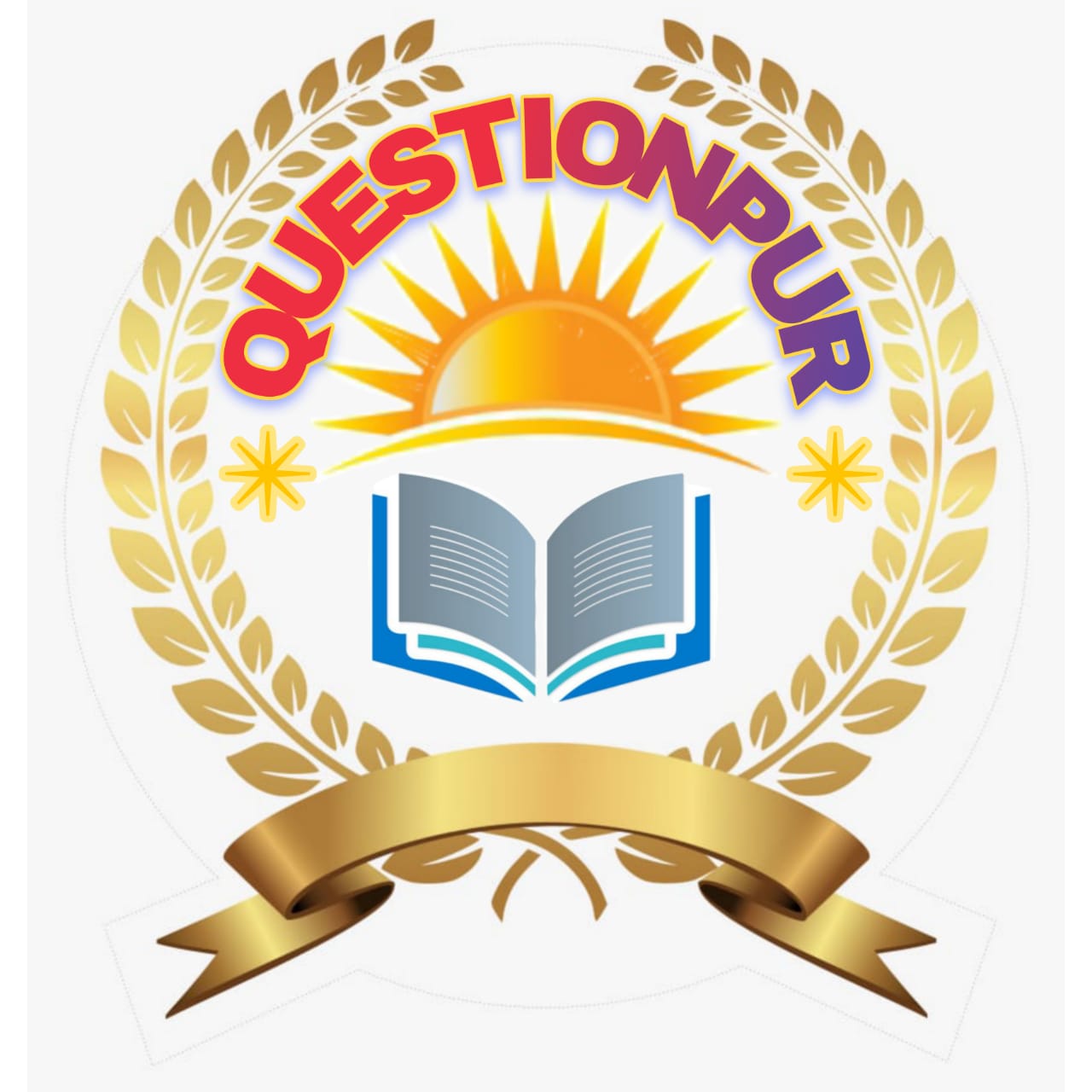Silent Reading
Silent Reading: Silent reading is regarded as-the most important type of reading; Mehta points out, "We all read faster than we speak and children must be initiated into the silent reading habit as early as possible." Silent reading is preceded by loud reading. Moirisou says, "Loud reading by students should be followed by silent reading." In fact, loud reading is latent in silent reading which is a kind of mental whispering to oneself, In silent reading:
(a) Students are asked to read a passage.
(b) They abstain from making sound, whispering, murmuring or moving lips while reading.
(c) Pupils do not stop at punctuation marks. The movement of their eyes only stops in difficult places.
Aims of Silent Reading
(i) To enable students to read without making sounds and moving lips, so that they may not disturb others.
(ii) To enable students to read with speed, ease and fluency.
(iii) To make students read with comprehension.
(iv) To get students'vocabulary expanded.
(v) According to Ryburn, "The aims of silent reading are pleasure and profit; to be able to read for interest and to get information."
Process of Silent Reading
Step I : The teacher tells students what silent reading is and what its aims are.
Step II: He asks students to silently read a passage.
Step III: The teacher takes a round of tlie cliss and checks whether pupils are whispering or murmuring. He also supervises the postures of studeats.
Step IV: Giving them a judicious time for silent reading, the teacher asks a few questions to test understanding.
These questions should be simple and direct, Byburn suggests, "He should test what the pupils have gained from what they have read by questions on the subject-matter. Another good way of teaching is to get pupils to give the substance of a paragraph they have read."
Time for Beginning Silent Reading
Scholars are of the view that silent reading should be started as soon as possible. The right time for it is:
(a) When pupils know fairly well the basic structures.
(b) When they can.perceive and recognize words.
(c) When they can pronounce words.
(d) When they can understand the meaning of words.
Precautions
(i) Only those passages should be read which can be understood and appreciated by students. To begin with, simple stories are more advantageous.
(ii) The weak students should be paid more attention.
(iii) The paragraph for reading should be long.
(iv) The teacher should be particular about giving students a task of wide reading by gradually selecting fresh and unseen paragraphs.
(v) Necessary instructions must be given before silent reading.
(vi) Comprehension questions must be asked after silent reading.
(vii) The duration of silent reading should differ according to the nature of the matter and the standard of the class.
Advantages of Silent Reading
(i) It saves time because it is quick.
(ii) It saves energy, too.
(iii) It develops the ability to read with interest.
(iv) According to Mehta,' 'It acts as a deterrent against the tendency so common amongst beginners to translate what they read in English into their Mother-tongue.
(v) In later life, it has immense value because it is used in public places and higher classes.
(vi) It initiates self-education and deep study.
(vii) According to Ryburn, "It enables attention and energy to be concen-trated on meaning and so saves a division of attention resulting in a greater assimilation of information."
Limitations of Silent Reading
(i) It is not advantageous for the beginners.
(ii) It does not teach correct pronunciation.
(iii) It cannot be checked if students are really reading.
(iv) The mistakes done by students during silent reading cannot be corrected.
(v) Silent reading is uninteresting.
(vi) Sometimes students cannot understand some parts of the passage, but they cannot take the help of teachers.
In Spite of these limitations, silent reading is found advantageous. Morrisdn rightly observes, "Reading as an end in foreign language, may be confined to silent reading."
Read More-





